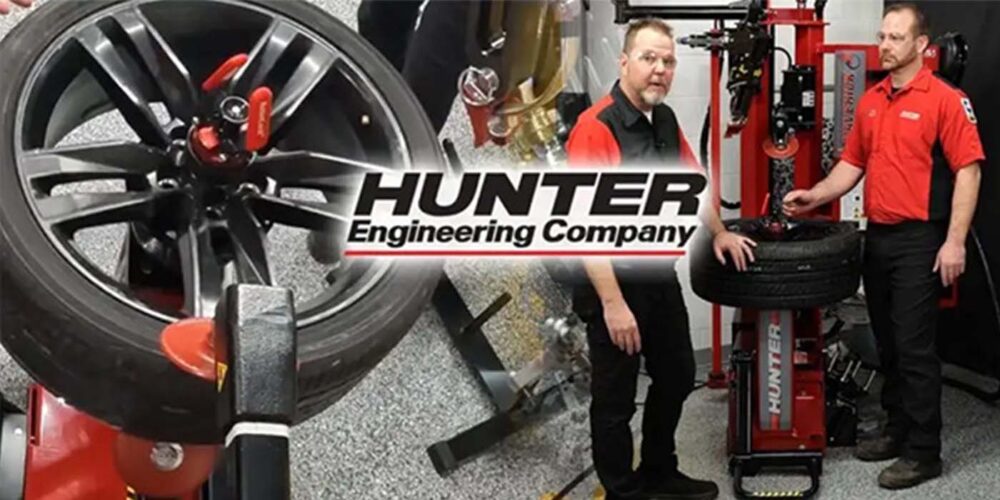How well a vehicle stays in a lane is the result of a complex equation. It involves the vehicle’s suspension, steering and tires on all four corners. So, how do tires play a role? Let’s find out in this Tire Review Continental Tire Garage Studio video.
When a customer comes in complaining of the steering leaning toward one side, it could be a clue that the vehicle has a lead/pull condition. This happens when the wheel is not straight when traveling in a straight line down the road. A lead/pull condition can mean that the chassis and tire conditions that require steering input to achieve travel in the desired direction are off.
It is important for a technician to capture what the driver is experiencing and verifying if the condition explained meets the mechanical criteria for the complaint.
That’s why when a driver comes in and you think they’re experiencing a lead/pull condition, test driving the vehicle is critical. Just pulling the car into the alignment bay, taking readings and looking for the specification that’s out of whack will typically never solve a customer complaint or car problem.
When a vehicle with a possible lead/pull condition comes into the shop, the first item technicians should inspect are the tires. Today’s tires are made to higher tolerances and the decreased sidewall area can reduce the chances of a tire’s rolling circumference causing pulls. But there is one thing that remains constant: drivers not checking the inflation pressure regularly. So, a side-to-side difference as small as 3 psi can cause a lead/pull condition.
Rotating tires can indicate if the problem is related to the tires. If you rotate the front tires side to side and the pull is in the opposite direction, you may have found your problem. If you rotate the tires from front to rear and the problem is gone, you just might have solved the problem until the next rotation.
So, the next time a customer comes to your shop with this complaint, look at the full set of tires and wheels and come up with a mounting strategy to cure the steering lead/pull. If the tires don’t show signs of uneven wear, inspect other components involved in the vehicle’s steering to diagnose the issue.
Don’t forget to follow us on Instagram and Facebook and subscribe to our YouTube channel for more tire, service and shop operations videos.













